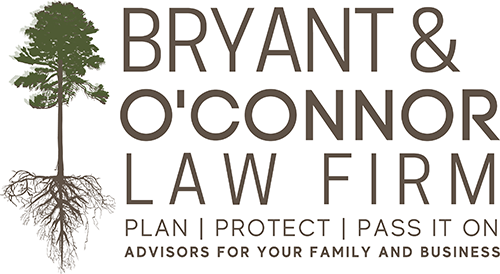Introduction:
Continuing our series on understanding manipulation techniques, we are moving onto our third tactic to be aware of, which is fearmongering, a prevalent technique aimed at forcing you to make a decision based on something awful that might happen if you don’t do what the manipulator wants. Fearmongering involves inflating threats or creating fear to influence others’ decisions and actions. Understanding this tactic can empower you to make informed, rational decisions, whether in personal interactions, business dealings, or other transactions. There may be things to actually fear and to work around, but we all know people who exaggerate in order to get their way.
Understanding Fearmongering:
Fearmongering is a tactic where an individual or entity uses fear to sway people. This is accomplished by highlighting or exaggerating potential dangers or negative outcomes. It can cause people to make decisions based on fear rather than rational judgment, which can lead to unfair or imbalanced outcomes. For example, if you are negotiating with an insurance company for a loss you suffered, they may offer you a low-ball amount of money and suggest that if you don’t take it, you’ll never get anything. This type of threat is rarely entirely true, but fear can cause you to make a decision that you’ll later regret.
Recognizing Fearmongering:
Spotting fearmongering can be tricky, especially when it’s subtly employed. Here are some signs:
- Exaggerated Threats: If the potential negative outcomes are consistently being overblown or emphasized excessively, it might be a fearmongering tactic.
- Emotional Manipulation: Fearmongering often leverages our natural responses to fear, playing on emotions to cloud rational decision-making.
- Lack of Balanced Information: Fearmongering typically involves a one-sided narrative, focusing on the negative while ignoring or minimizing the positive. In our firm, we try to be balanced and point out the negatives and the positives of any action, but a fearmonger will focus entirely on the negatives of not doing what they want.
Responding to Fearmongering:
Once you’ve recognized this tactic, here’s how you can respond:
- Seek Balanced Information: Always look for balanced, unbiased information. Make sure you understand both the potential negatives and positives before making a decision. If you need more time, ask for it. If a deadline has been imposed on you, ask for legal authority for the deadline and verify independently that it’s true. Of course, if you’ve been sued (a lawsuit has been placed in your hands), you need to see a lawyer immediately.
- Maintain Composure: Keeping calm allows you to think more clearly, reducing the influence of fear on your decision-making process. One thing I’ve learned in law practice is to take a step back from any alarming situation before reacting. I used to have sleepless nights about legal issues and demands from other parties, but addressing them on your terms rather than scary terms imposed on you is the way to go.
- Professional Consultation: When in doubt, especially in complex business or legal matters, consult with professionals. They can provide objective advice, helping you navigate through fear-based tactics.
Conclusion:
Fearmongering can significantly sway decision-making processes, leading to imbalanced or unfair outcomes. By recognizing this tactic and knowing how to respond, you can navigate your transactions and interactions with confidence and fairness. As we continue this series, our aim is to equip you with a better understanding of manipulation tactics, fostering healthier and more transparent interactions. Stay tuned for our next installment as we delve deeper into other common manipulation techniques.

